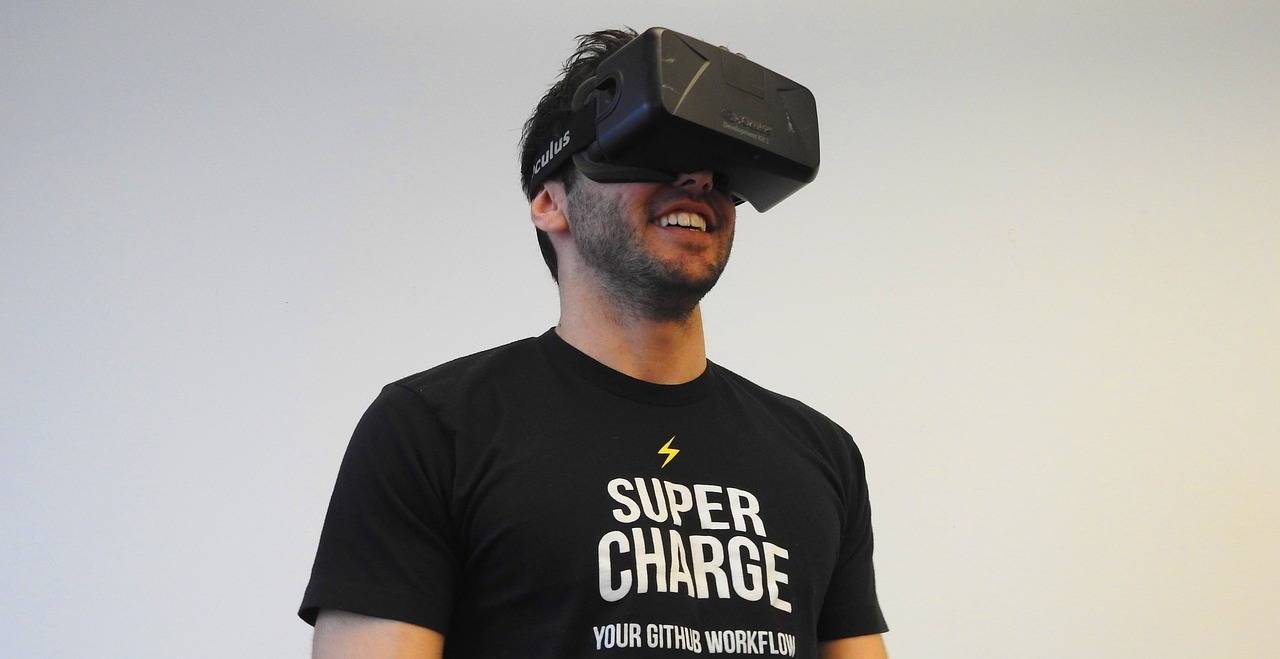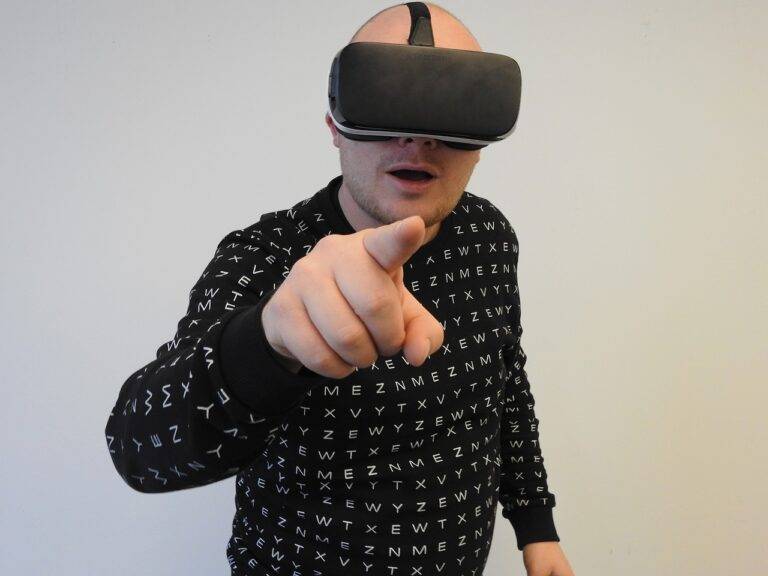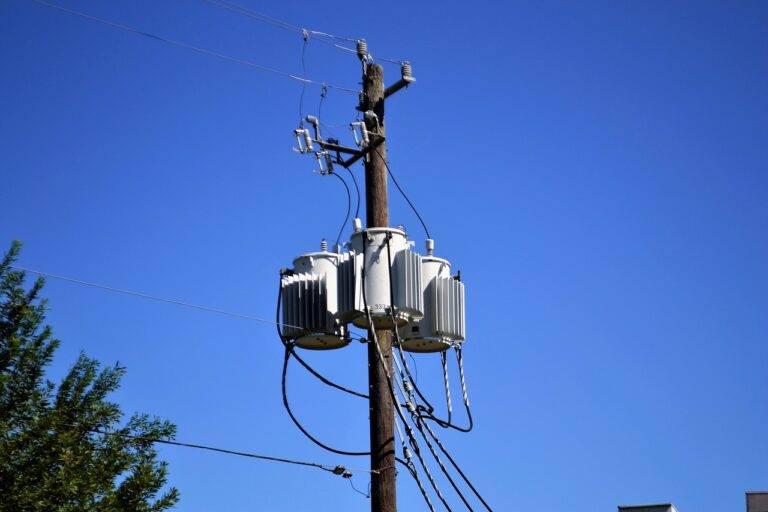Tech Trends in Education: Enhancing Learning Experiences
Traditional education systems have long been critiqued for their one-size-fits-all approach that fails to cater to the individual needs and learning styles of students. The rigidity of these systems often results in students feeling disengaged and uninspired, which can hinder their academic success and overall development.
Moreover, the reliance on traditional methods of teaching and assessment may not adequately prepare students for the rapidly changing demands of the modern world. The emphasis on rote memorization and standardized testing can stifle creativity, critical thinking, and problem-solving skills, limiting students’ ability to adapt to new challenges and opportunities in an increasingly complex and interconnected global society.
• Lack of personalized learning opportunities
• Disengagement and lack of inspiration among students
• Inadequate preparation for modern world demands
• Emphasis on rote memorization and standardized testing
• Limited development of creativity, critical thinking, and problem-solving skills
Integration of Virtual Reality in Classroom Settings
Virtual reality (VR) has emerged as a promising tool in educational settings, revolutionizing the way students engage with content. By immersing learners in simulated environments, VR provides a unique and interactive learning experience that enhances comprehension and retention. This innovative technology enables students to visualize complex concepts, making abstract ideas more tangible and comprehensible.
The integration of VR in classroom settings also caters to diverse learning styles, accommodating students with varying preferences and needs. Through hands-on experiences and interactive simulations, students are actively engaged in the learning process, fostering a deeper understanding of the subject matter. Moreover, VR allows educators to create customized learning experiences, catering to individual student interests and learning paces.
Adaptive Learning Platforms for Personalized Education
Adaptive learning platforms have revolutionized traditional education by personalizing learning experiences for students. These platforms utilize data-driven technologies to customize learning paths according to each student’s strengths and weaknesses. This tailored approach allows for targeted instruction, ensuring that students receive the support they need to excel academically.
By using adaptive learning platforms, educators can track individual student progress in real-time and provide timely interventions when necessary. This proactive approach to teaching helps to address learning gaps early on, ultimately leading to improved academic outcomes. Additionally, the interactive nature of these platforms engages students in their own learning process, fostering a sense of ownership and motivation to succeed.
What are some challenges in traditional education systems?
Some challenges in traditional education systems include one-size-fits-all approach to teaching, lack of personalized learning, and limited engagement for students with varying learning styles.
How can virtual reality be integrated in classroom settings?
Virtual reality can be integrated in classroom settings through the use of VR headsets, interactive simulations, and immersive experiences that enhance learning and engagement for students.
What are adaptive learning platforms?
Adaptive learning platforms are online learning systems that use data analytics and artificial intelligence to personalize learning experiences for students based on their individual needs, preferences, and progress.
How do adaptive learning platforms benefit personalized education?
Adaptive learning platforms benefit personalized education by providing tailored content, adaptive assessments, real-time feedback, and personalized recommendations to help students learn at their own pace and in their own style.
Can adaptive learning platforms replace traditional education systems?
Adaptive learning platforms can supplement traditional education systems by providing personalized learning opportunities, but they cannot fully replace the value of in-person interactions, hands-on experiences, and social connections in traditional classrooms.





